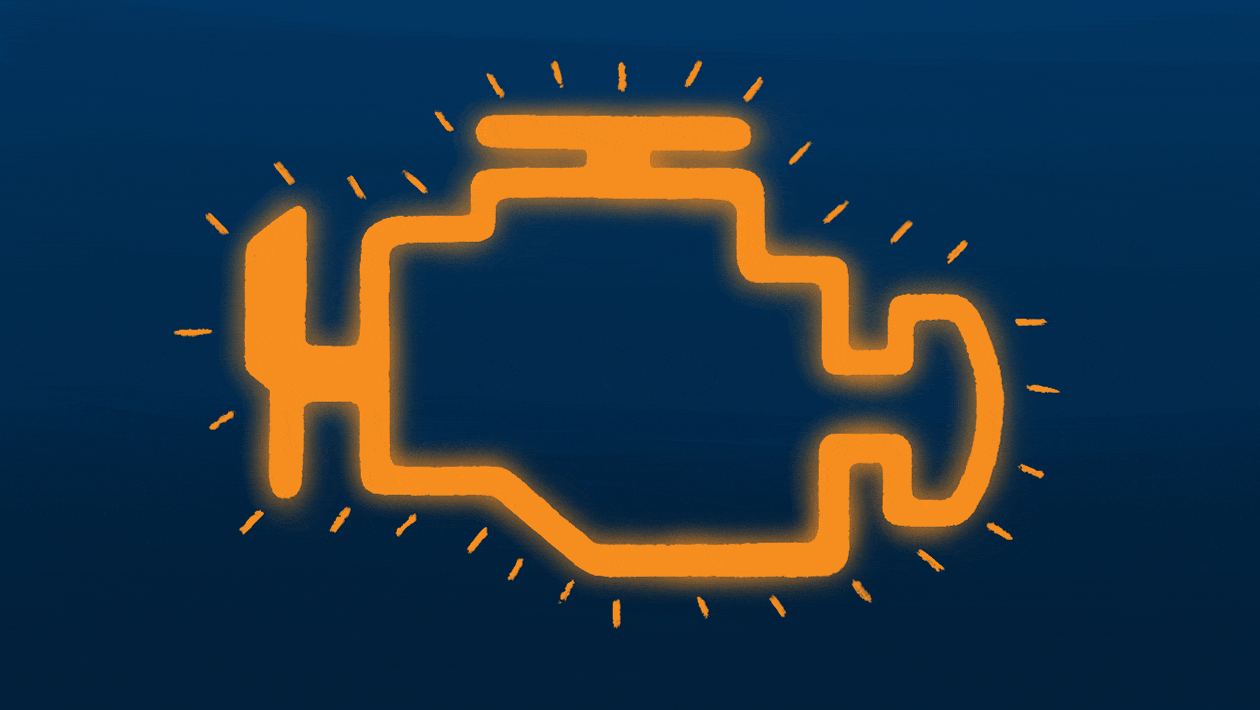When you’re driving along, the hum of the engine, the rhythm of the wheels, it’s a symphony of sorts. Yet, amidst this orchestration, there’s an uninvited clatter that can shatter your peace: the ominous flash of the engine light. What does it mean when that little light starts blinking insistently, as if trying to communicate a hidden truth? To the untrained eye, it may seem like merely a nuisance, but understanding its implications can be pivotal for your vehicle’s health and your safety on the road.
Let’s delve deeper into the meaning behind that flashing engine light, transforming your perspective from mere apprehension to a profound understanding of vehicle diagnostics. This illumination symbolizes more than just a malfunction; it can be a clarion call alerting you to critical issues that demand your attention.
Understanding the Engine Light
First and foremost, it’s essential to differentiate between the various lights on your dashboard. The engine light can appear in two primary states: solid and flashing. A solid light generally suggests that the vehicle’s computer has detected a non-critical issue. On the other hand, a flashing engine light indicates an urgent problem that requires immediate attention.
Why does this happen? Modern vehicles are equipped with intricate on-board diagnostic systems (OBD-II) that continuously monitor your engine’s performance. When a malfunction is detected, the system triggers the engine light as a warning signal. Ignoring this blinking beacon can lead to a cascade of failures, costing you exponentially more in repairs down the line and, potentially, compromising your safety.
Common Causes of a Flashing Engine Light
The reasons behind a flashing engine light can be diverse, ranging from minor transmission hiccups to serious engine maladies. Here’s a concise exploration of potential culprits:
- Ignition System Issues: A recurring theme for many drivers experiencing the flash of doom involves the ignition system. Problems such as a faulty spark plug or ignition coil can cause incomplete combustion, leading to misfires that will set off the engine light.
- Fuel System Complications: The journey of gasoline from the tank to the engine is a complex affair. If the fuel injectors are clogged or the fuel pump is faltering, the engine may not receive the essential fuel it needs, causing irregular operation and activating the engine light.
- Overheating Engine: A temperature spike in the engine—whether due to a failing coolant system or a thermostat issue—can lead to catastrophic damage. The vehicle’s system will trigger the engine light as a precautionary measure if overheating is detected.
- Exhaust System Faults: The catalytic converter plays a vital role in reducing emissions. If this component is malfunctioning, not only will your engine light flash, but it can also lead to increased emissions and potential legal ramifications.
- Transmission Troubles: A failing transmission can cause erratic gear shifts, which might not only elicit a flashing engine light but also impact your ability to operate the vehicle smoothly.
Immediate Actions to Take
Upon noticing a flashing engine light, your initial instincts may involve panic or frustration. However, recalibrating your response to one of calm decisiveness can save both time and money. Here’s how to respond effectively:
- Pull Over Safely: As quickly as is safe, find a suitable area to pull over. Continuing to drive your vehicle in this condition can exacerbate underlying problems, potentially leading to a breakdown.
- Turn Off the Engine: A moment’s pause may provide clarity. By turning off the engine, you can prevent further damage while strategizing your next move.
- Consult Professionals: It’s largely inadvisable to attempt repairs without proper expertise. Seek out a qualified mechanic who can employ diagnostic tools to accurately identify the issue and prescribe solutions.
Understanding Diagnostic Codes
In a world driven by data, the engine control unit (ECU) communicates through Diagnostic Trouble Codes (DTCs). When a mechanic connects a scanner to your vehicle, these codes reveal insights into the specifics of the issue triggering the light. Understanding these codes can often feel like deciphering an intricate language, but they are invaluable in ensuring that your vehicle is restored to optimal performance.
Preventive Measures for the Future
Final Thoughts
A flashing engine light should never be trifled with. Rather, it’s an opportunity—a gentle nudge from your vehicle to take heed of its health and longevity. By embracing this perspective shift, you not only safeguard your investment but also enhance your understanding of the mechanics of your automobile. The road ahead is much smoother when you nurture an informed relationship with your vehicle, transforming potential fears into actionable knowledge.
So, the next time that little light begins to blink, don’t merely dread the inconvenience. Instead, consider it an invitation to dig deeper, unraveling the complexities of your machine while ensuring that your journey continues unhindered.
